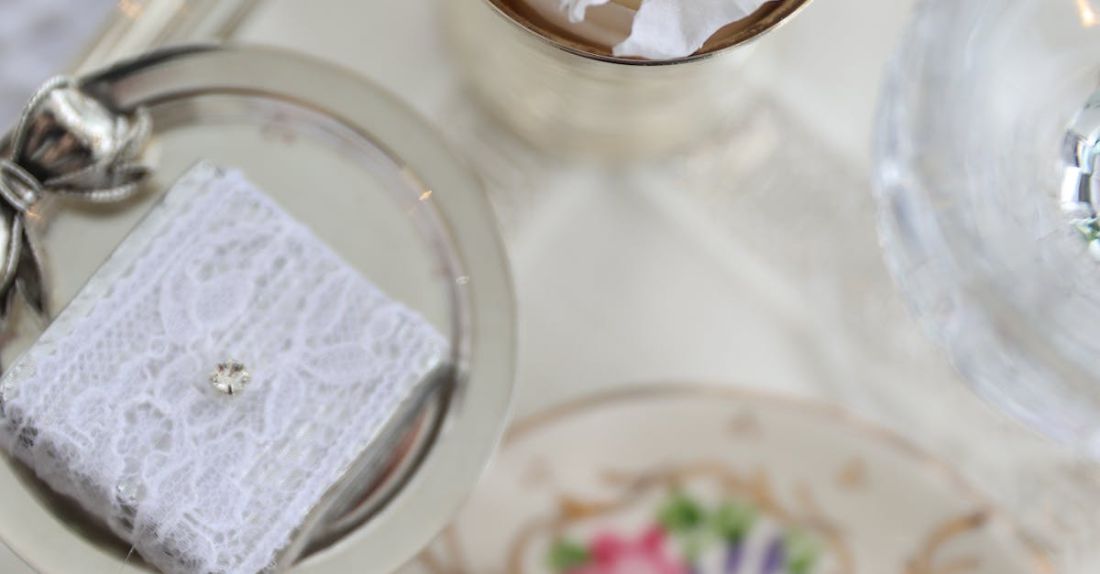
As concerns about water scarcity and conservation continue to grow, innovations in water-saving fixtures have become a key focus for both residential and commercial spaces. These advancements not only help reduce water consumption but also contribute to lower utility bills and a more sustainable environment. From faucets to toilets, manufacturers are constantly developing new technologies to promote water efficiency. Let’s delve into some of the latest innovations in water-saving fixtures that are making waves in the industry.
Efficient Faucets and Showerheads
One of the most common sources of water wastage in homes and buildings is through faucets and showerheads. Traditional models dispense more water than necessary, leading to unnecessary consumption. However, modern innovations have addressed this issue by introducing low-flow faucets and showerheads. These fixtures are designed to maintain adequate water pressure while significantly reducing water usage. By incorporating aerators and flow restrictors, these devices can deliver a satisfying shower or handwashing experience with minimal water output.
Smart Irrigation Systems
In the realm of outdoor water usage, smart irrigation systems are revolutionizing the way we water our lawns and gardens. These systems utilize weather data and soil moisture levels to determine the optimal watering schedule for each specific area. By avoiding overwatering and adjusting irrigation based on real-time conditions, smart systems not only conserve water but also promote healthier plant growth. Some advanced models even have features that allow remote control through smartphone apps, providing convenient access and customization options for users.
Dual-Flush Toilets
Toilets are notorious for being heavy water users, with older models consuming a significant amount of water per flush. However, dual-flush toilets have emerged as a water-saving solution that offers flexibility in water usage. These toilets feature two flush options: one for liquid waste that uses less water and another for solid waste that utilizes a higher volume. By giving users the choice to select the appropriate flush for each situation, dual-flush toilets help minimize water waste without compromising on performance.
Greywater Recycling Systems
Greywater recycling systems have gained popularity as a sustainable solution for reducing water waste in residential and commercial buildings. These systems collect water from sources such as sinks, showers, and washing machines, treat it to remove impurities, and then repurpose it for non-potable uses like irrigation and toilet flushing. By recycling greywater on-site, buildings can significantly decrease their reliance on freshwater sources for activities that do not require high-quality water. This not only conserves water but also reduces the strain on municipal water treatment facilities.
Leak Detection Technology
Water leaks can go unnoticed for long periods, resulting in substantial water loss and potential damage to property. To address this issue, innovative leak detection technology has been developed to quickly identify and alert users to leaks in their plumbing systems. These devices can monitor water flow, pressure, and usage patterns, providing real-time notifications when abnormalities are detected. By enabling prompt repairs and preventing water waste, leak detection technology plays a crucial role in water conservation efforts while helping to save money on water bills.





